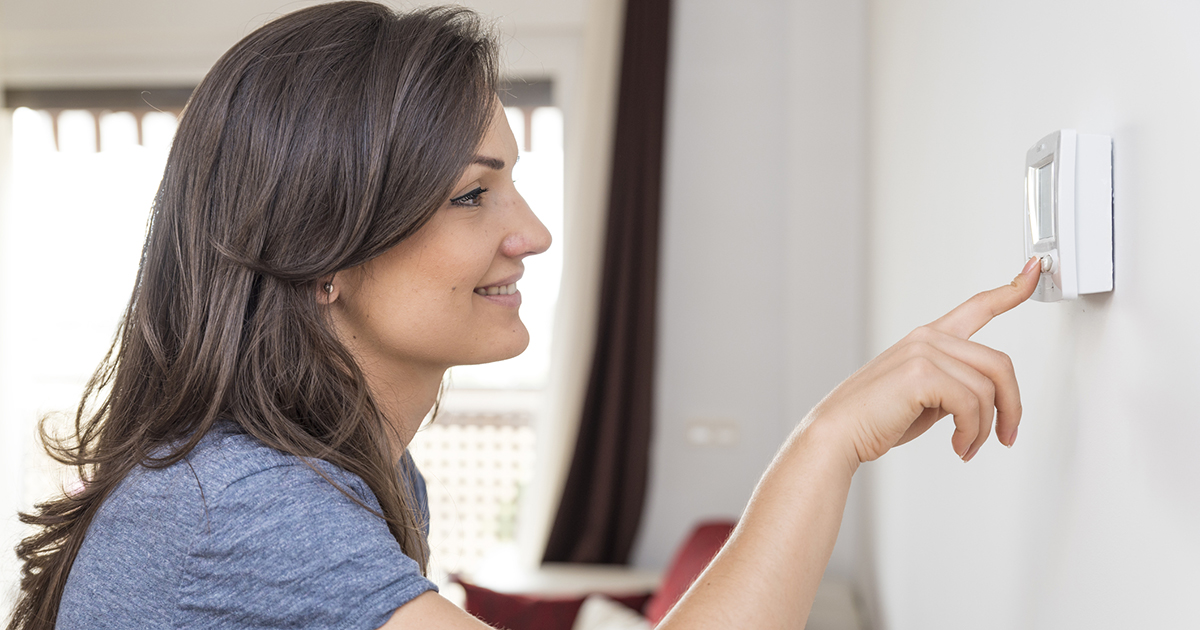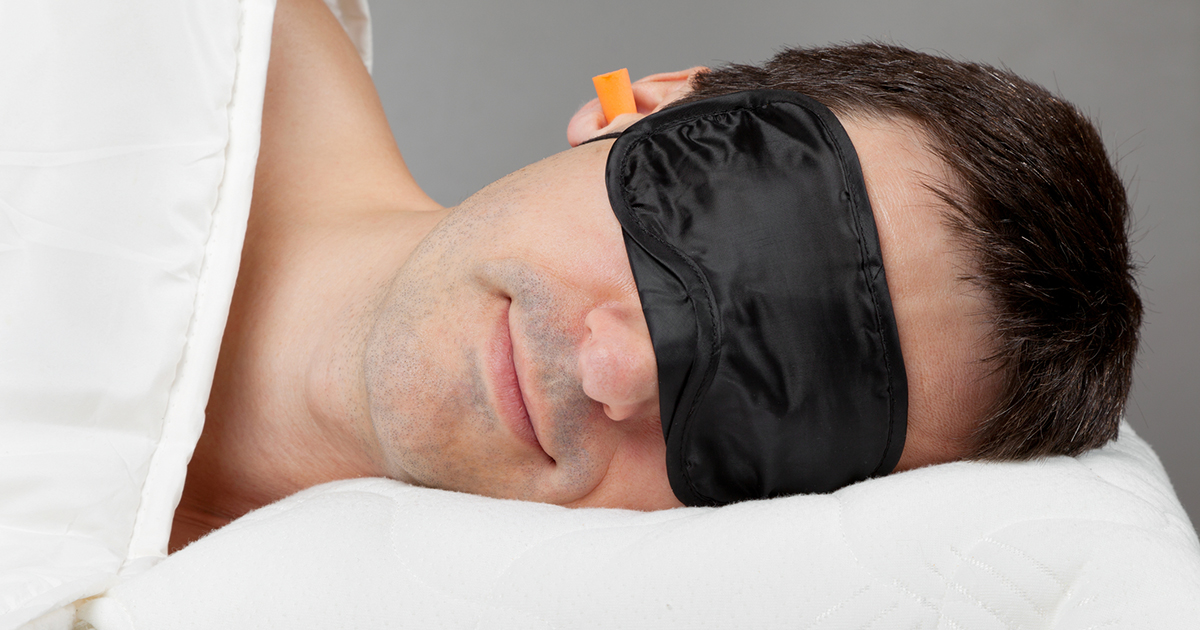How To Get The Best Quality Of Sleep Every Night
Adjust The Thermostat

For most, the ideal room temperature for a good night sleep is approximately between sixty and sixty-eight degrees Fahrenheit - as the body’s internal temperature decreases to initiate sleep. Keeping the bedroom at a set temperature, preferably colder rather than warmer, will make it much easier for a person to close their eyes for the night. Too warm or too cold temperatures can lead to restlessness and can affect the quality of Rapid Eye Movement (REM) sleep - the stage in which the brain is most active and dreaming takes place. After adjusting the thermostat to the ideal temperature, the next step is to eliminate noise and distractions within the bedroom.
Eliminate Any Noise And Light

The key to a quality sleep is to eliminate any distracting noise in or around the bedroom. Exposure to traffic noises, noises from your partner (such as snoring) or from any smart devices can greatly impact and decrease overall sleep quality. To try blocking the noise while sleeping, consider earplugs, ‘white noise’ machines, fans or anything else able to ensure peace and tranquility within the bedroom. Try reducing the amount of light in the room and ensure no light will disrupt slumber as well with blackout curtains or an eye mask. Light waves exist along a spectrum of color; a blue light triggers wakefulness, whereas a warm, red glow may allow an individual to fall asleep faster and for longer periods of time.
